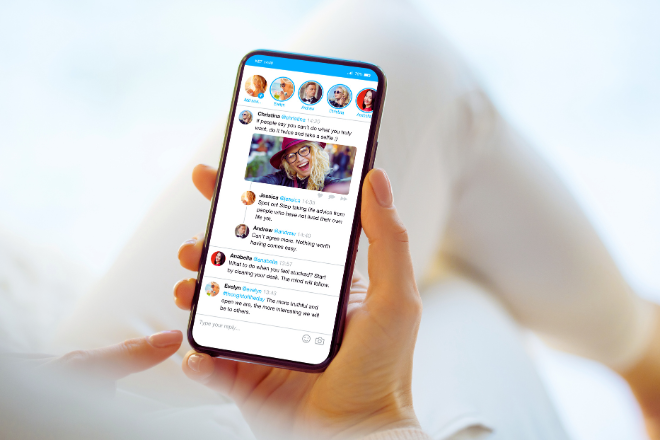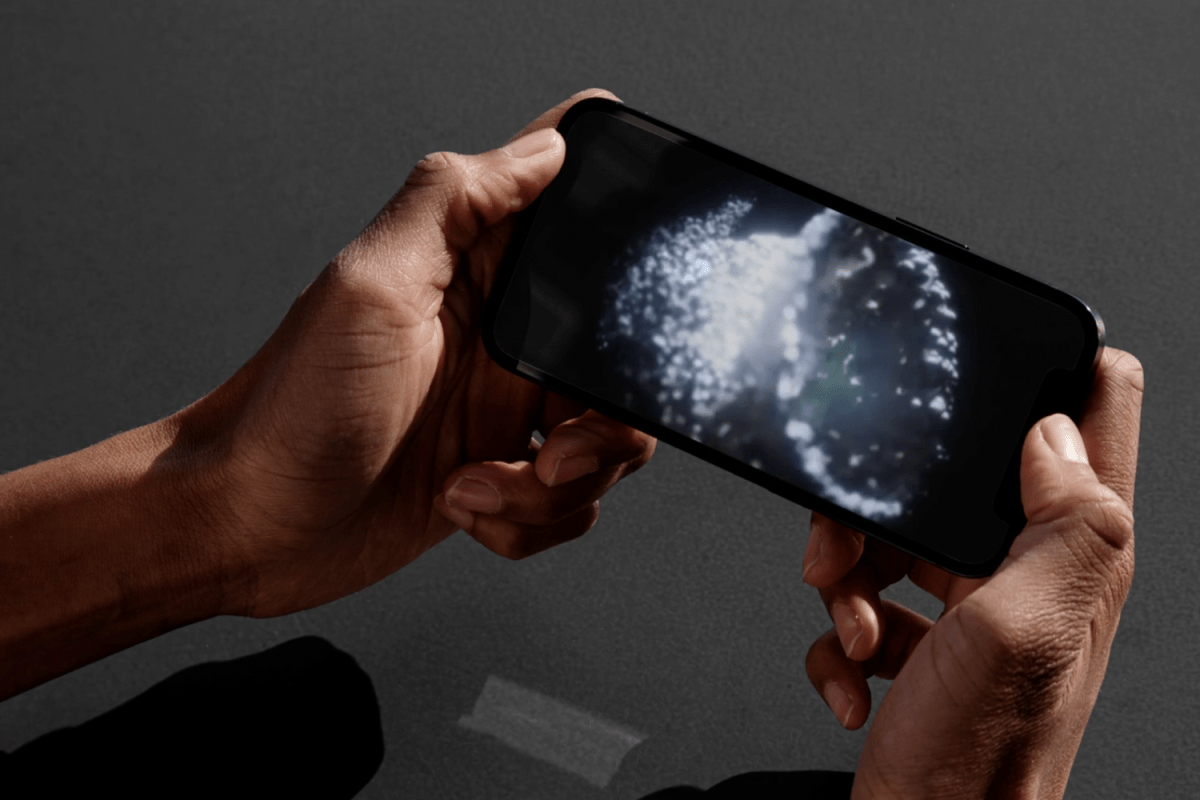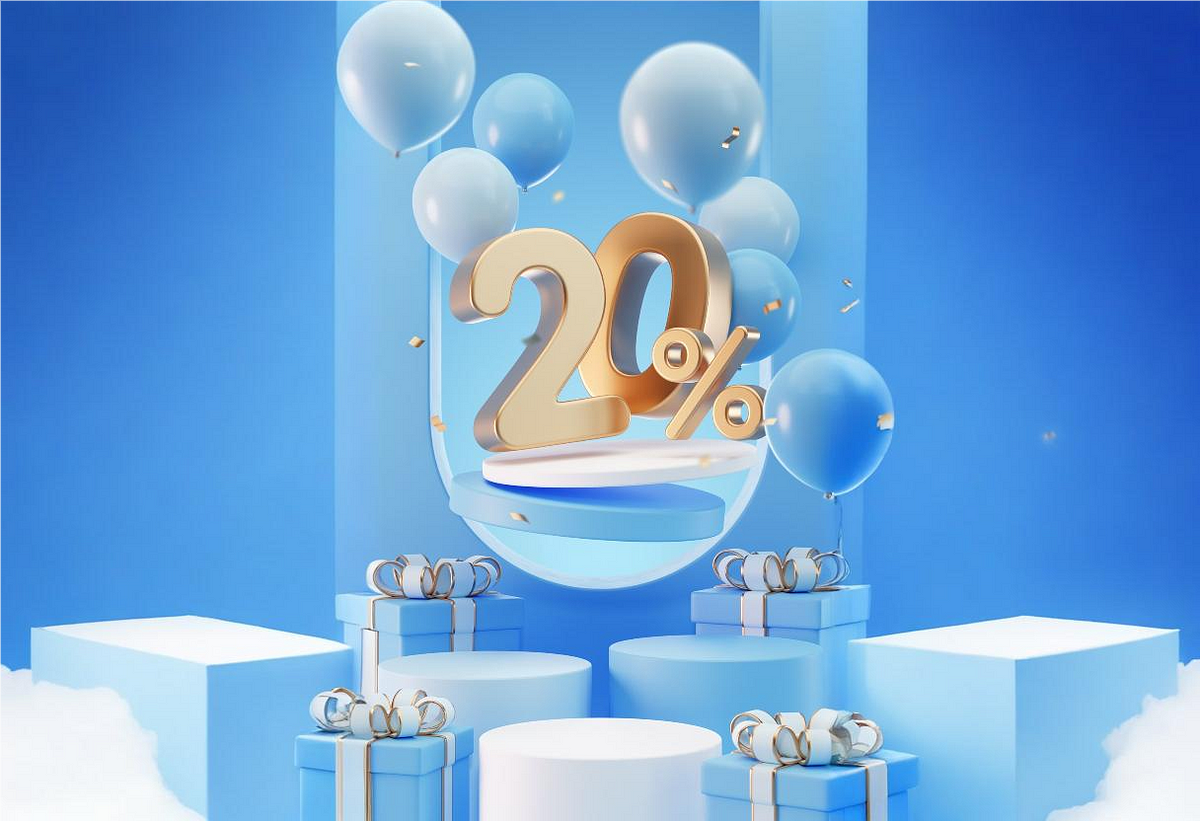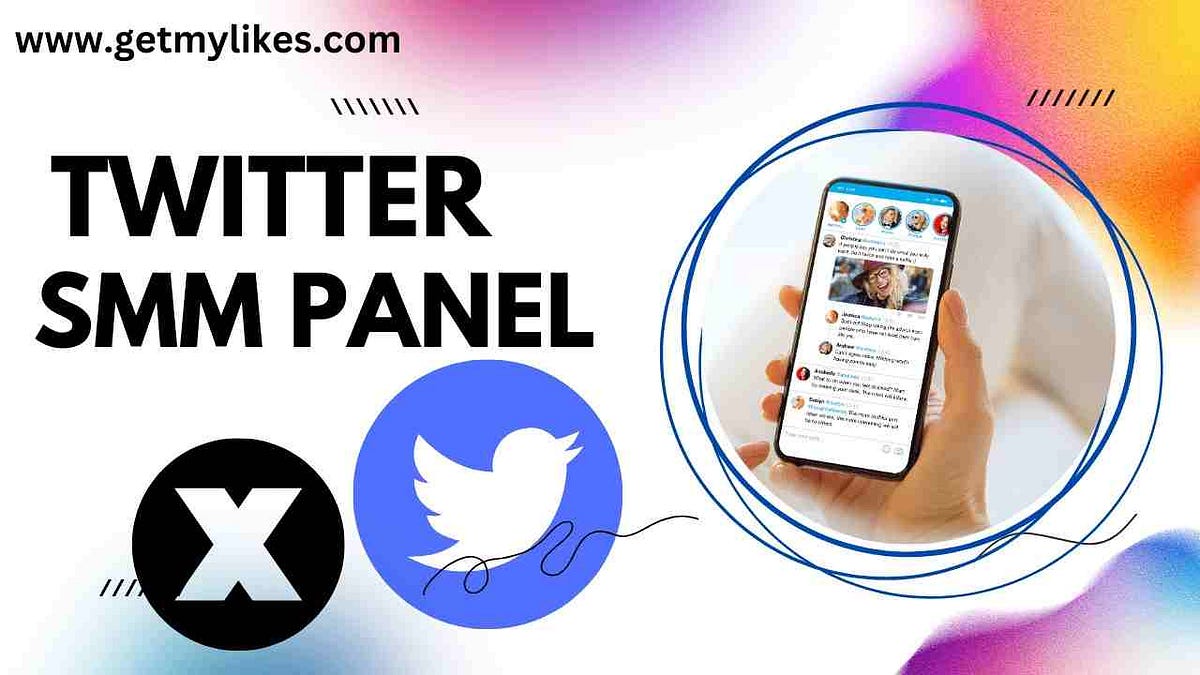In the digital age, social media platforms have revolutionized the way businesses communicate with their audiences. Among these platforms, Twitter stands out as a powerhouse for marketing, offering unique features and advantages that have allowed it to take the marketing world by storm. Since its launch in 2006, Twitter has evolved from a simple microblogging site into a critical tool for marketers seeking to engage with customers, build brand awareness, and drive sales. This article explores how Twitter has become an indispensable part of modern marketing strategies and the innovative ways businesses use it to achieve their goals.
Twitter’s journey to becoming a marketing giant began with its simple premise: sharing thoughts in 140 characters or less. This brevity encouraged users to be concise and creative, leading to the development of a distinctive communication style that resonates with audiences. Over the years, Twitter has expanded its character limit to 280, introduced multimedia capabilities, and added features like retweets, hashtags, and mentions, which have all contributed to its appeal as a marketing platform.
One of Twitter’s most significant advantages is its real-time nature. Unlike other social media platforms where posts might take hours or days to reach a broad audience, Twitter allows businesses to engage with their audience instantaneously. This real-time engagement is crucial for marketing campaigns, especially during product launches, events, and promotions. Companies can tweet updates, respond to customer inquiries, and address issues as they happen, creating a dynamic and interactive relationship with their followers.
Twitter’s hashtag feature has become synonymous with viral marketing. Hashtags allow businesses to categorize their tweets, making them easily discoverable by users interested in specific topics. A well-crafted hashtag can quickly gain traction and become a trending topic, significantly increasing a brand’s visibility. For example, campaigns like #IceBucketChallenge and #ShareACoke have successfully utilized hashtags to engage users and spread their message globally.
Twitter’s informal and conversational tone provides an excellent opportunity for businesses to showcase their brand personality. Companies can use humor, wit, and creativity to humanize their brand and connect with their audience on a personal level. Wendy’s, for instance, is known for its sassy and humorous tweets, which have garnered a massive following and increased brand loyalty. By engaging in conversations and responding to trends, brands can establish a unique voice that sets them apart from competitors.
Twitter has also become a vital channel for customer service. Many users turn to Twitter to voice their complaints, ask questions, or seek assistance from brands. By promptly responding to these tweets, companies can demonstrate their commitment to customer satisfaction and resolve issues efficiently. Furthermore, businesses can gather valuable feedback and insights from customer interactions, helping them improve their products and services.
Influencer marketing has seen explosive growth in recent years, and Twitter is a key platform for this strategy. Influencers with large followings can amplify a brand’s message and reach a broader audience. By collaborating with influencers, businesses can leverage their credibility and authenticity to build trust with potential customers. Twitter’s easy sharing and retweeting functionalities make it simple for influencers to promote products and campaigns, driving engagement and conversions.
Twitter offers a range of advertising options that allow businesses to target specific audiences and achieve their marketing objectives. Promoted Tweets, Promoted Accounts, and Promoted Trends are just a few of the tools available to advertisers. These options enable brands to increase their visibility, attract followers, and drive traffic to their websites. Twitter’s advanced targeting capabilities, including demographics, interests, and behaviors, ensure that ads reach the right audience at the right time.
- Oreo’s Super Bowl Tweet: During the 2013 Super Bowl blackout, Oreo quickly tweeted, “You can still dunk in the dark.” This timely and witty tweet went viral, earning thousands of retweets and likes. Oreo’s quick thinking and real-time engagement showcased the power of Twitter for spontaneous and impactful marketing.
- Apple’s #ShotoniPhone Campaign: Apple encouraged users to share photos taken with their iPhones using the hashtag #ShotoniPhone. This user-generated content campaign not only highlighted the quality of the iPhone camera but also engaged customers by showcasing their creativity. The hashtag became a trending topic, and the campaign received widespread acclaim.
- Coca-Cola’s Personalized Bottles: Coca-Cola’s “Share a Coke” campaign personalized bottles with popular names and encouraged customers to share their experiences on Twitter using the hashtag #ShareACoke. This campaign successfully increased brand engagement and sales by creating a personal connection with consumers.
While Twitter offers numerous benefits for marketing, it also presents some challenges. The platform’s fast-paced nature requires businesses to be vigilant and responsive, which can be resource-intensive. Additionally, the brevity of tweets necessitates concise and compelling messaging. Brands must also navigate potential risks, such as negative feedback or social media crises, with a well-thought-out strategy.
- Consistency: Regularly posting relevant and engaging content keeps your audience interested and informed. Consistency in tone and messaging reinforces your brand identity.
- Engagement: Actively participate in conversations, respond to mentions and direct messages, and engage with followers. Building relationships with your audience fosters loyalty and trust.
- Use of Visuals: Incorporate images, videos, and GIFs to make your tweets more visually appealing and engaging. Visual content tends to receive higher engagement rates.
- Analytics: Utilize Twitter Analytics to monitor the performance of your tweets, understand your audience, and refine your strategy. Analyzing metrics such as engagement, reach, and click-through rates helps optimize your campaigns.
- Timing: Post at times when your target audience is most active. Experiment with different posting schedules to determine the optimal times for maximum engagement.
As Twitter continues to evolve, it remains a vital platform for marketing innovation. The introduction of new features, such as Fleets (temporary posts) and Spaces (audio conversations), offers fresh opportunities for businesses to connect with their audience in diverse ways. Additionally, advancements in artificial intelligence and machine learning may further enhance Twitter’s targeting capabilities, allowing for more personalized and effective marketing campaigns.
Twitter’s impact on marketing is undeniable. Its real-time engagement, viral potential, and ability to humanize brands have made it an essential tool for businesses worldwide. By leveraging Twitter’s unique features and staying attuned to the platform’s evolving landscape, companies can create powerful marketing campaigns that resonate with their audience and drive success. As the chirping bird continues to innovate, the future of Twitter in marketing looks brighter than ever, promising new opportunities for brands to soar to new heights.










